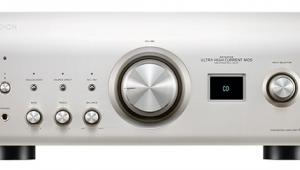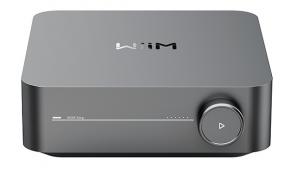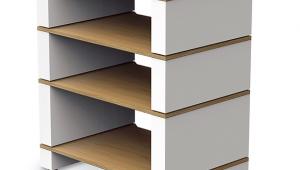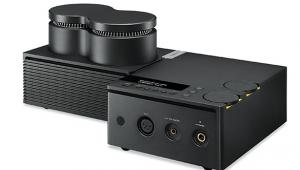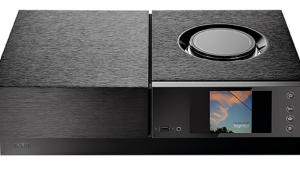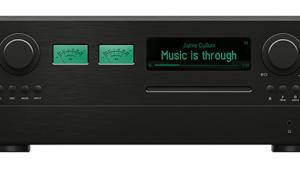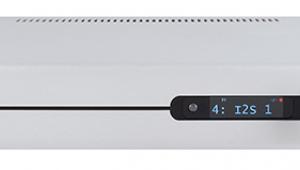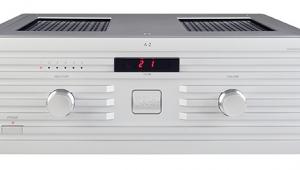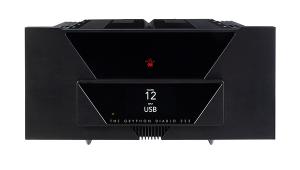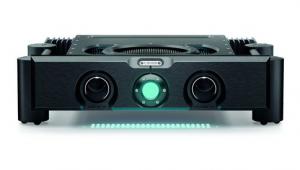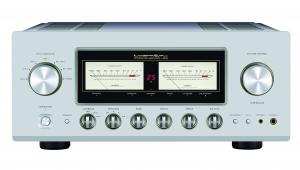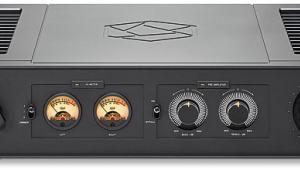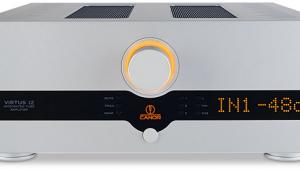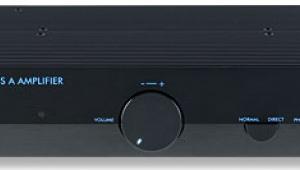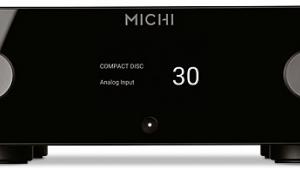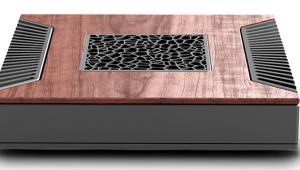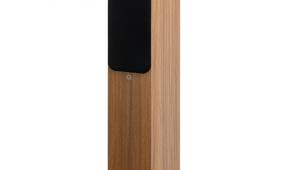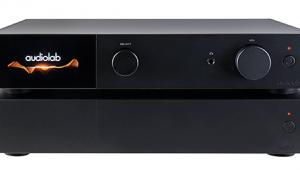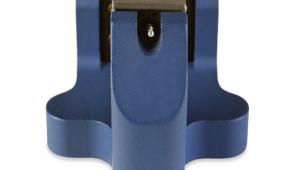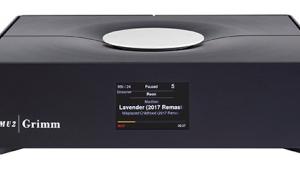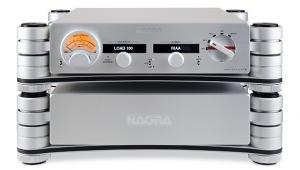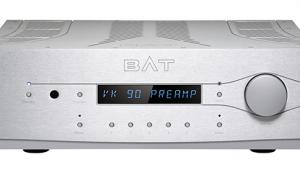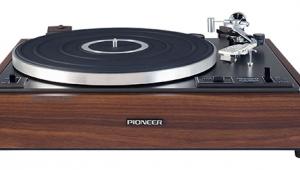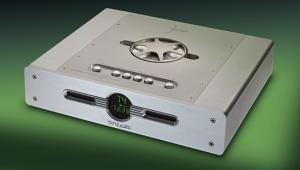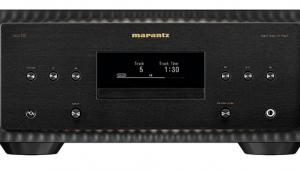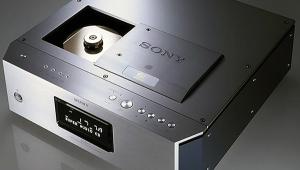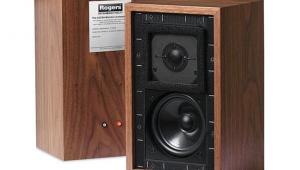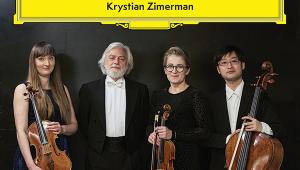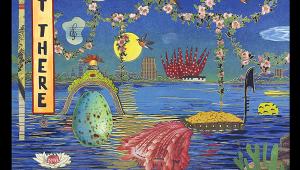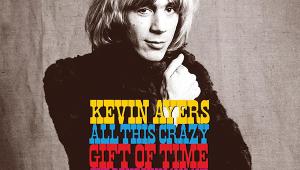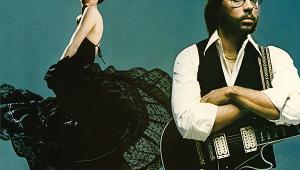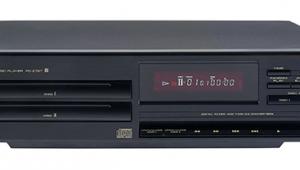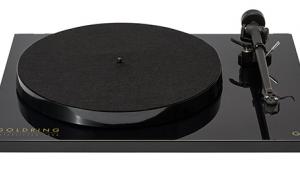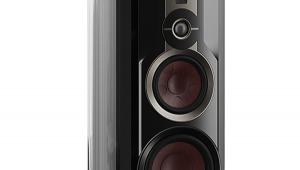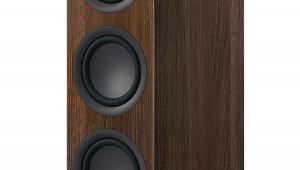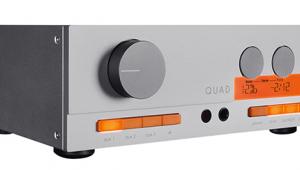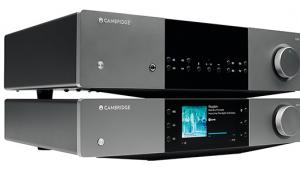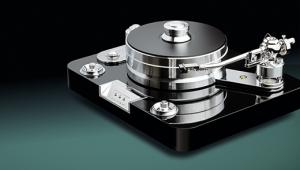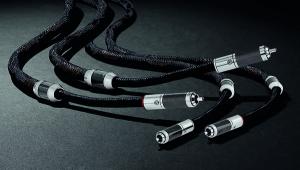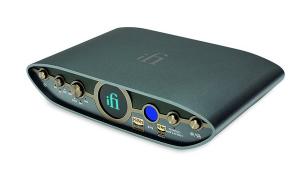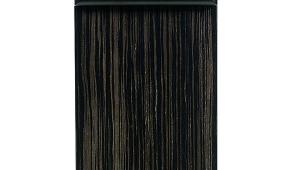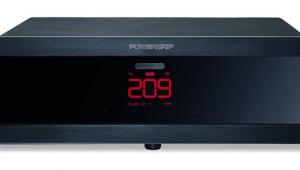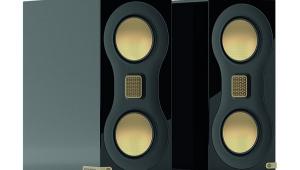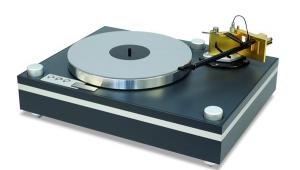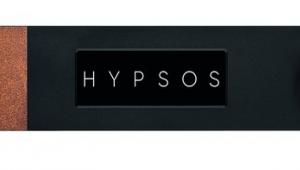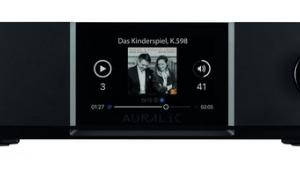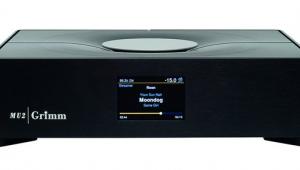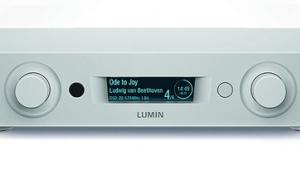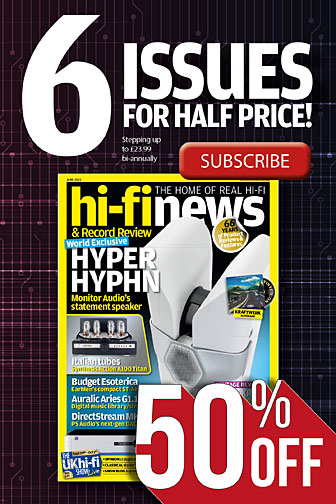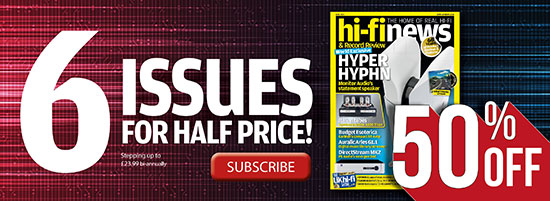Hegel H400 network-attached amp
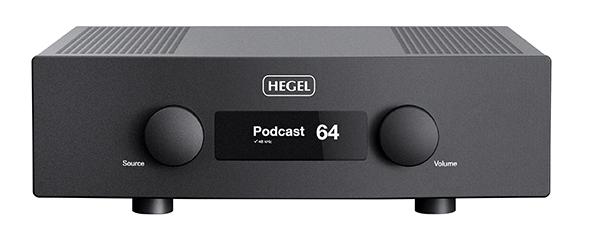

When Hegel’s reference H600 integrated amplifier [HFN Oct ’23] arrived to replace the H590 [HFN Oct ’18] last summer, it didn’t require much insight into the hi-fi industry to guess that the H390 [HFN Aug ’19] would also be marching in the general direction of the exit soon enough. It’s taken a year, though, before the replacement H400 – aka the ‘Streamliner’ – eventually pulled into port.
As with the H600, cosmetic changes seem limited, giving the impression that this amplifier is a refresh rather than a totally new unit. But just as Hegel’s top-tier integrated received significant hardware upgrades, there’s quite a lot of changes under the hood here too. Most are related to the improvements rolled out for the H600, strengthening the bond between the H400 and its larger brethren. Both amps share a similar dual mono topology, with the new H400 rated at 2x250W [see PM's Lab Report] against the H600’s 2x302W.
Minimalism rules
Like its predecessor, the H400 is a Class A/B design featuring Hegel’s own ‘SoundEngine 2’ adaptive feedforward error correction, and kitted out with a new digital/streaming board. It’s all packaged into the company’s trademark minimalistic housing, which you’ll either appreciate for its understated charm or find rather dull, as it’s missing hi-fi paraphernalia like VU meters or a touchscreen with a gazillion functions. It’s quite a contrast to more outspoken rivals from McIntosh, HiFi Rose and others.
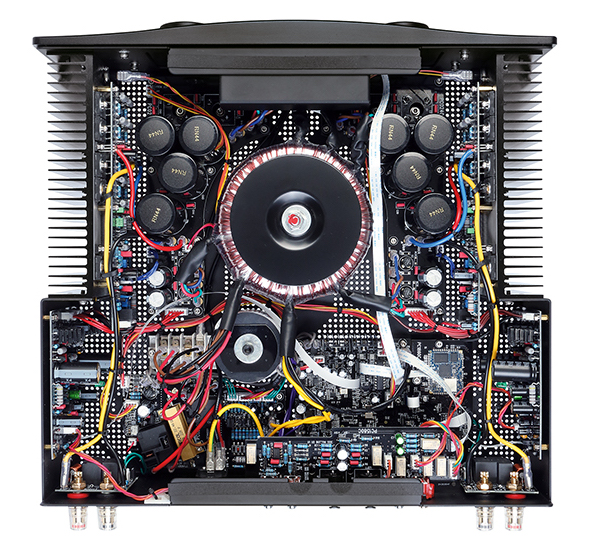
The workmanship, however, is excellent and the slightly convex front panel, with clear white OLED display, compensates for the no-frills attitude. Either side of the display are new input and volume knobs, which have a better ‘feel’ than those on the H390, while the denser pattern of ventilation holes on the top cover also gives the H400 a more upmarket look.
The included RC8 remote is hewn from anodised aluminium and complements the style of the amp. It has some extra buttons, including media playback for streamers or computers connected via USB, and you can use it to control Hegel’s Viking [HFN Sep ’23] or Mohican [HFN Oct ’16] CD players.
Even though streaming is a headline capability – hence the ‘Streamliner’ moniker – accommodating external sources is very feasible via three optical inputs, a single BNC and a coaxial RCA, plus a USB-B port for connecting a computer or a digital transport to the H400’s new ESS-based DAC stage (the H390 housed an AKM AK4490 chip). When coupled to an analogue source, all digital processing is bypassed and, as noted by PM [see Lab Report], this part hasn’t changed much, aside from the H400’s increased tolerance of tough speaker loads.
Unlike the recently introduced H190v integrated, there’s no dedicated phono input here, but three pairs of line inputs (including one balanced on XLR) do offer flexibility. Presumably, Hegel believes that an H400 owner will be prepared to invest in a separate phono stage, such as its V10 [HFN Mar ’21], to ensure that extra bit of fidelity when playing vinyl.
Planet of the apps
Over the years, we’ve often heard Hegel ambassador Anders Ertzeid state it wouldn’t make sense for Hegel to build its own control app. Instead, the company preferred to offer multiple streaming options on its networked amps, starting with UPnP and AirPlay, and adding Spotify Connect, Tidal Connect and Chromecast to later products. These options – all relying on third-party app control – are available on the H400 too, with the news reaching us at press time that the amp has also passed its Roon Ready certification. By the time you read this, and the H400 is on sale, it should be working fine with the software.
There are other tricks, too. When the H600 turned up last year, I was taken aback by Hegel’s promise it would deliver an app in tandem, and the same Hegel Setup app, available for iOS and Android, also works with the H400 [see boxout]. Lastly, although the brand still eschews an HDMI input, it has added a TV remote learning function, plus ‘autosense’ to make the optical input behave like an HDMI-CEC connection. This is smart thinking, making the H400 more of an all-round product than its sober styling might suggest.
![]() Mission control
Mission control
Hegel’s amplifiers tend to focus on clarity, control, and little or no colouration. The H400 doesn’t break the mould in that sense, offering clear-as-water amplification that puts the onus on the loudspeakers (and their voicing) and your source. At the same time, it does bring a lot of control to the table, tightening up some loudspeakers and delivering a very notable change to a music system – depending on the amplifier the H400 is replacing, of course.
Driving the many, many woofers of SVS’s Ultra Evolution Pinnacle floorstander [HFN Jul ’24] can be challenging for some amps, but the H400 never tapped out, testament to the power reserves typically on offer from Hegel. Even the more affordable H190v is a powerful performer, let alone this higher-spec’d model, which lives up to its manufacturer’s promise of a ‘precise and dynamic’ performance.
The high damping factor of the H400 also helps, keeping the bass drums and lower piano notes sharply defined on A Perfect Circle’s ‘Eat The Elephant’, from the album of the same name [BMG download; 44.1kHz/24-bit]. So, although Hegel arguably makes more of the high damping factors of its hardware than is reasonable, there’s no denying that the H400 allowed SVS’s bass-rich speakers to sound less ‘flabby’ than when previously heard through some rival integrateds.
Keeping pace
With the rest of the tracks on this alt-metal album, featuring the distinct voice of Tool’s Maynard James Keenan, Hegel’s streaming amp kept delivering the goods. It built up a huge wall of sound on ‘The Doomed’, faultlessly keeping pace with dynamic shifts and conveying the power behind the lyrics and masterful drumming. Like the earlier H390, the ability to stop and start on a dime makes the H400 well suited to metal tracks like this, but also for relentless techno and grand orchestral pieces, such as Tchaikovsky’s 1812 Overture [Daniel Barenboim/Chicago Symphony Orchestra; Warner Classics; CD res] – blasting cannons, ringing bells and all.
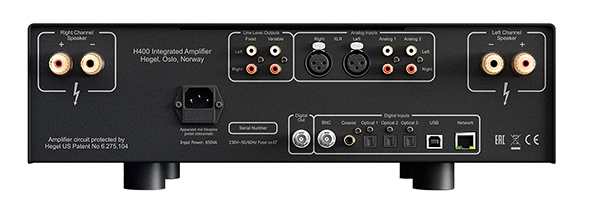
Adding a Pro-Ject X2 B/MC9 turntable system and Phono Box S3 B preamp [HFN Sep ’22] to the XLR inputs of the H400 played into the amplifier’s balanced design, and found its sonic signature working equally well with vinyl. Einstürzende Neubauten’s ‘The Garden’, which kicks off the German group’s 2016 Greatest Hits compilation [Potomak LP134001], showed the H400’s ability to provide an impeccably quiet background, underscoring Blixa Bargeld’s menacing vocals.
Melody makers
To some UK audiophiles, Bargeld will be better known as an ex-member (until 2003) of Nick Cave’s Bad Seeds, but he’s also the founder of this avant-garde band. Einstürzende Neubauten combine standard instruments with improvised ones to deliver experimental – yet still surprisingly melodic – tunes. ‘Die Interimsliebenden’ sounds like a conventional pop song at first, albeit with a cavernous production and serious dynamics to its pounding percussion. The H400 crafted it with both massive scale and focus.
Nothing appears to be getting ‘lost’ either, including background tones and effects, but it was this amp’s ability to handle the complexity of the (presumably) metal percussion at the track’s end that really grabbed the attention. And this feeling of clarity and control was again notable on ‘Haus Der Lüge (New Mix/Rec)’, which sees Bargeld forcefully blast out lyrics to a backdrop of strings and breaking glass. Pieces of the latter falling to the ground seemed to be spread wide throughout my listening room, making for a very dramatic ending to Side 1 of the LP.
Hegel, take a bow
Swapping out the SVS towers for my trusty Focal Sopra No2’s [HFN Sep ’15], and streaming from Roon via RooUPnP, there was superb detail in the beautiful songs on Where Is Home/Hae Ke Kae [Warner Classics 0190296224331; 96kHz/24-bit] featuring the talents of South African cellist/singer Abel Selaocoe and collaborating luminaries including Yo-Yo Ma and Max Baillie. The way the H400 presented the many musical layers of ‘Ibuyile L’Africa/Africa Is Back’, and the feeling of bow being drawn across string, was quite breathtaking, giving me a real impression of being there in the room during recording.
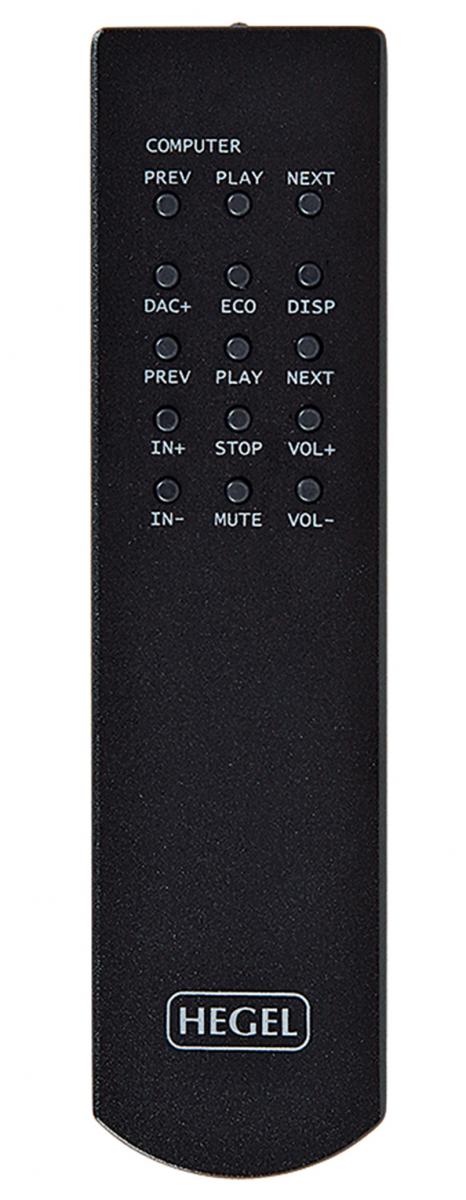
The Sopra No2s can be quite critical in the midrange, but the H400 didn’t drop the ball in this regard. It always sounded very natural, allowing me to choose between letting the whole performance of ‘Zawose’ wash over me, or to lean in to appreciate the delicate playing of Selaocoe on ‘Cello Sonata No.7 in D Major’. This sense of freedom flows from Hegel’s amplifier approach, which doesn’t (seemingly) force you to listen the way the manufacturer wants.
Hi-Fi News Verdict
Taking the improvements of the H600 and leveraging them into the more affordable H400 is quite an achievement. While what it offers is predictable, thanks to Hegel’s consistently top-notch engineering, the new DAC stage does make the ‘Streamliner’ more accomplished than many rivals (and the H390). Connectivity, smart functionality and streaming options make it a high performing amp that ticks all the boxes.
Sound Quality: 88%
